Candlemas is a Christian holiday on February 2. Christians believe it celebrates the presentation of Jesus in the temple and the Virgin Mary’s ritual purification. Festival Day (or ‘mass’) of the Candles; Candlemas Day was the day that all the Church’s candles for the year had a blessing said over them.
Presentation of Jesus in the temple
It was the custom, forty days after the birth of a Jewish boy, for him to be presented to God in the temple.
In the Luke gospel (Luke 2:32), Simeon held Jesus and said that he would be the ‘Light to the World’ – it is thought this is how Candlemas originally got its name.
Virgin Mary’s ritual purification
The Virgin Mary’s ritual purification forty days after the birth of Jesus. Women were thought to be ‘unclean’ after they’d given birth (40 days for a boy and 60 days for a girl), and couldn’t worship in the temple until they’d been ‘purified’.
Christians speak of Jesus as ‘the light of the World’ – candles are used during church services to remind Christians of this. They believe Jesus is a guiding light in the darkness.
Imbolc or Lupercalia
Candlemas marks the midpoint of winter, halfway between the December solstice and the March equinox.
Many believe that Candlemas activities derive from Imbolc, a Gaelic festival, or the Roman feast of Lupercalia. In pre-Christian times, 2 February was called the ‘Feast of Lights’ and was a hope and welcome for milder weather and for the life-giving sun as winter turned to spring.
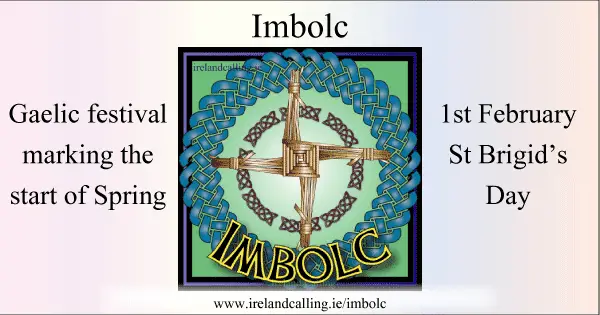 Find out about the festival of Imbolc here
Find out about the festival of Imbolc here
Candlemas superstitions
A candle dripping to one side when carried into church on Candlemas Day signifies a death of someone close during the year.
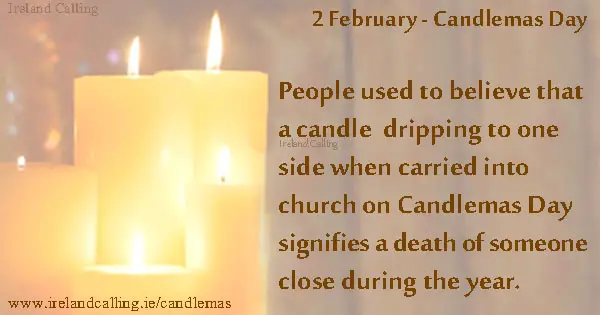
On winter nights, some people had lighted candles at their windows to frighten away evil spirits (this superstition was believed by the Romans).
Candles were also thought to offer protection against plague and illness and famine.
In Scotland, (before gas lighting) on Candlemas Day, children took candles to school to light the classrooms. When the gas light was introduced , the children took money donations into school. The child that took in the most money was made ’Candlemas king or queen’, and for six weeks – they ‘ruled’ and were able to make one afternoon a week a playtime, and also let someone off a punishment.
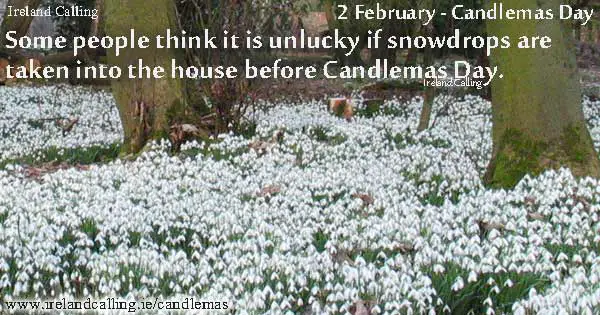
Snowdrops are also known as Candlemas Bells – this is because they flower early in the new year, often before Candlemas. In northern Europe, some varieties of snowdrops flower all through the winter.
Snowdrops are considered unlucky if they are taken into the house before Candlemas Day, signifying a farewell or death. Nowadays, however, some people think that snowdrops help to purify a home.
Many Christians see snowdrops as a symbol of Christ bringing hope to the world.
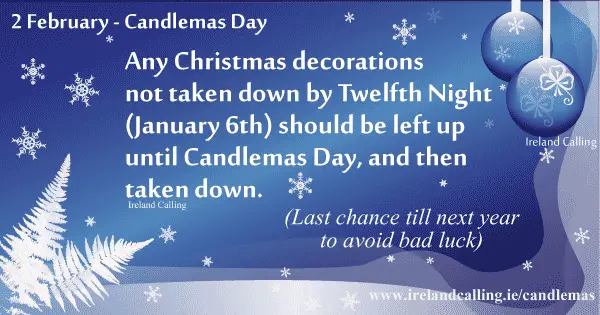
Any Christmas decorations not taken down by Twelfth Night (January 6th) should be left up until Candlemas Day and then taken down.
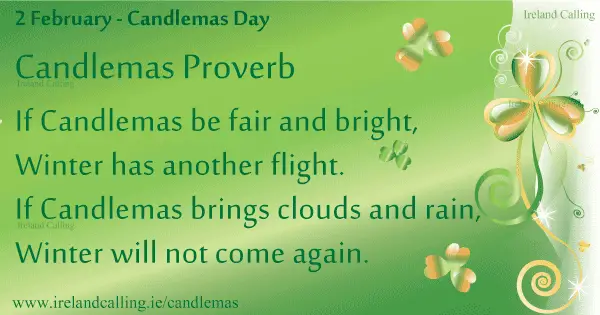
It was thought that the weather on Candlemas Day predicted the weather for the remaining winter. If the weather was bright on sunny – the rest of winter will be bleak. If Candlemas Day weather was stormy and wet – the worst weather was over.
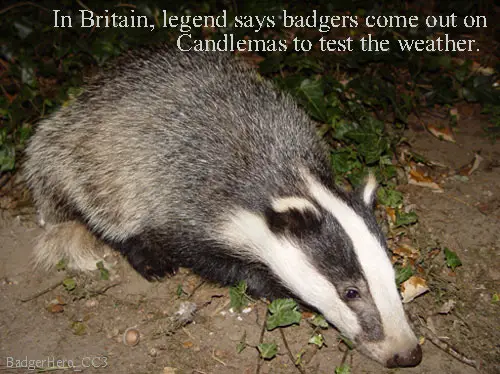
In Britain, legend says badgers come out on Candlemas to test the weather.
https://ireland-calling.com/celtic-Joals/
